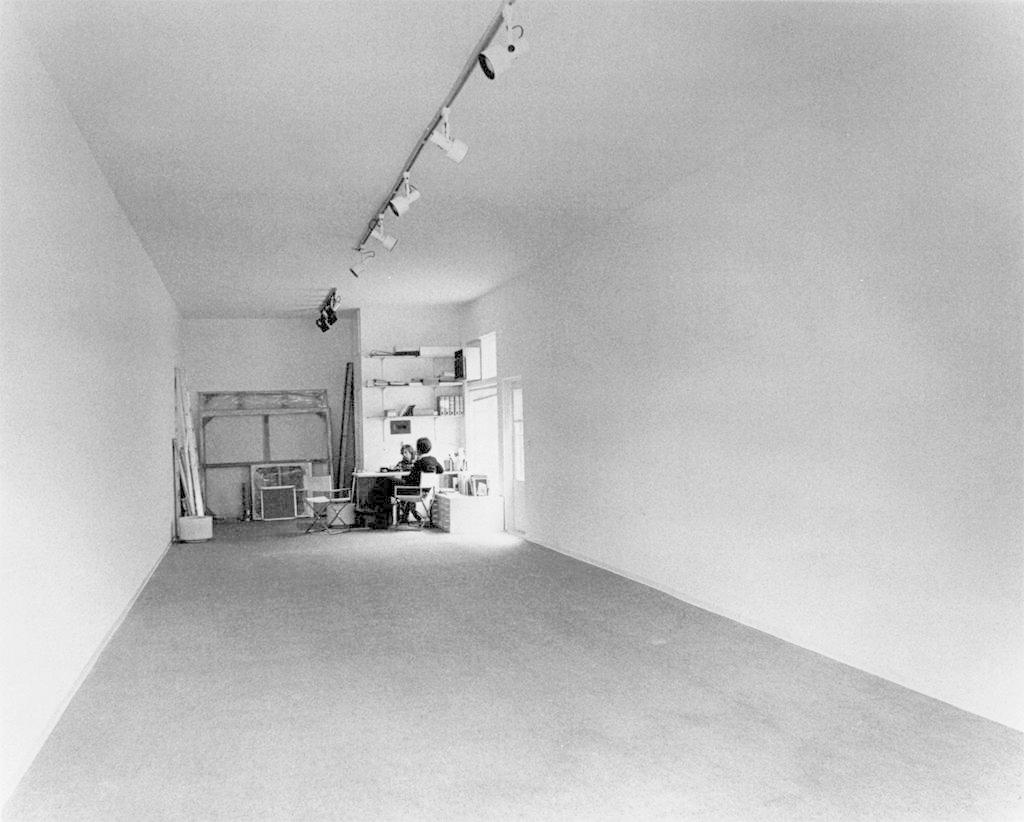As Zolghadr stands, the idea that institutional critique has been coopted by the institution is in fact at odds with curatorial practice. However, the reason this idea is so tempting, so prevalent, is because if critique has been coopted and is actively pursued by the institution, that would allow contemporary art to claim itself a victim; the idea being that content mediated through the institution is in fact something other than contemporary art. This belief is tempting because, if true, contemporary art is off the hook – it can maintain its sense of critical virtue by remaining other, by remaining as Zolghadr puts it “outside the corridors of power.”
Countering this sentiment, Zolghadr hypothesizes that true critique is not ubiquitous, has not been subsumed, and has in fact been challenged, moderated, and at some points silenced “in the name of, and by means of contemporary art.”
As a practical illustration, while visiting exhibitions at galleries and institutions over a period of time, Zolghadr started to notice a repetitive lexicon of verbs and adjectives used in contemporary art. It began with the letter A. Certain A words were commonly in circulation in press releases, exhibition texts, and discussions. These words ostensibly were used to describe the “good object in the room.” These words arose generally whenever a curator was trying to describe the best-case scenario…
AGONISM AMBIGUITY AMBIVALENCE
These words obviously have their own distinct definitions, lineages and nuances.
Agonism – a term popularized by Chantal Mouffe. From Greek ἀγών agon, "struggle". A political theory that emphasizes the potentially positive aspects of certain (but not all) forms of political conflict.
Ambiguity – uncertainty or inexactness of meaning in language.
Ambivalence – the state of having mixed feelings or contradictory ideas about something or someone.
However these words, among many others, used collectively and in service to the description of contemporary art, begin to run together into an amalgamated meaning. Used en masse and repetitively, the words began to mean the same thing.





